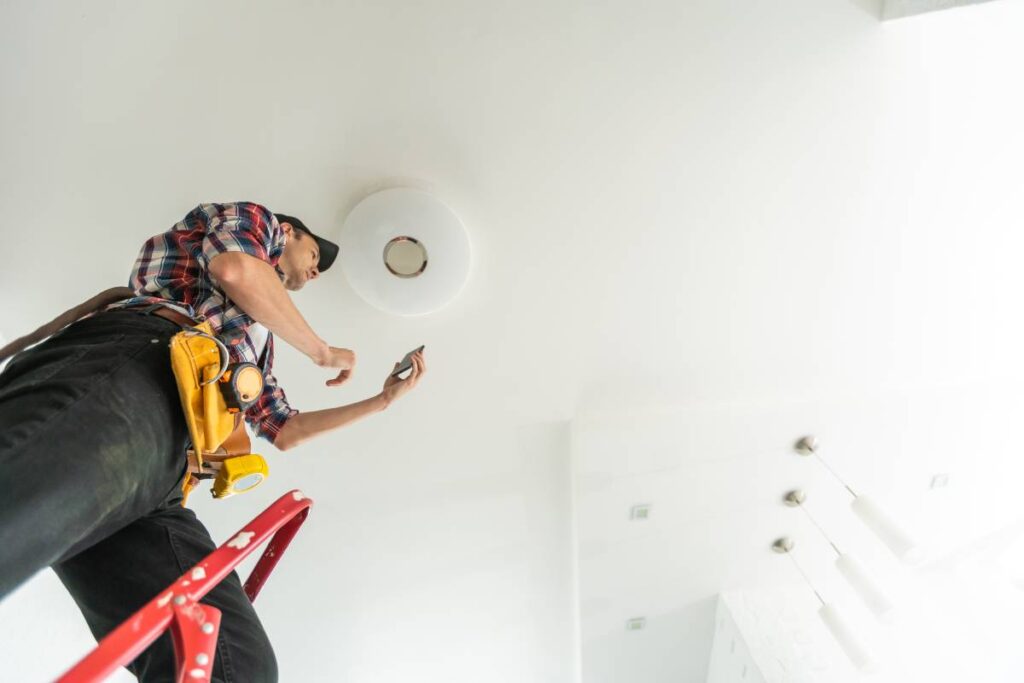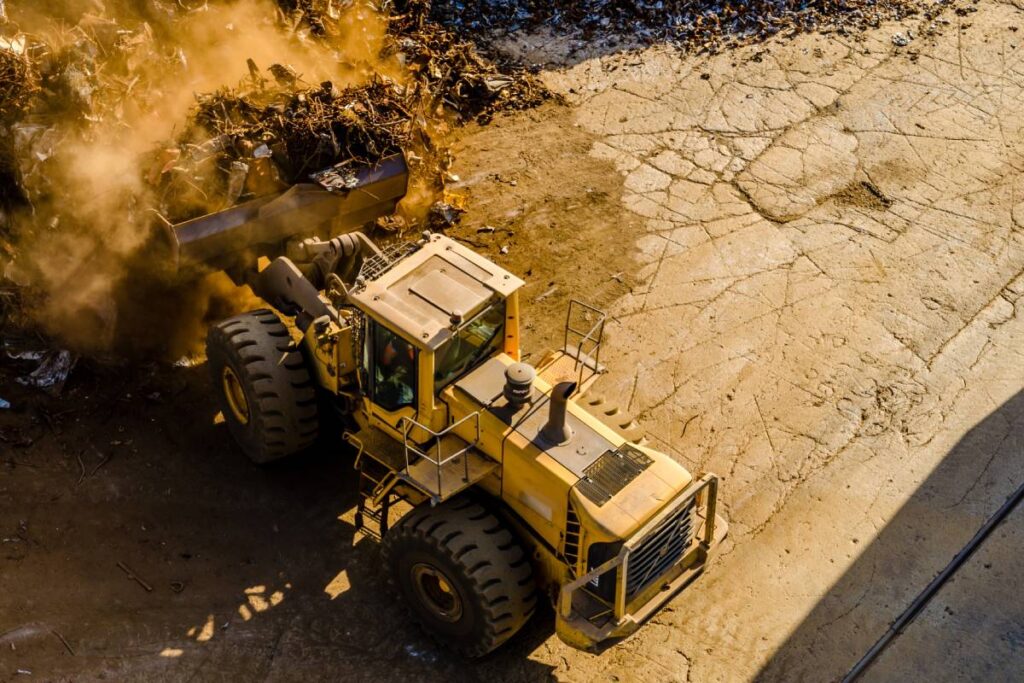How Do Polaroid Cameras Work? A Detailed Guide to Instant Photography

Polaroid cameras have an enduring appeal, offering the magical experience of watching a photograph develop right before your eyes. They’ve been around since the 1940s, allowing people to capture moments instantly without the need for film development or a digital printer.
But how exactly do these instant cameras work? In this comprehensive guide, we’ll explore the inner mechanics of Polaroid cameras, the chemistry behind instant film, and why these cameras continue to captivate photographers today.
The History of Polaroid Cameras
Before diving into the technical details of how Polaroid cameras work, it’s important to appreciate the history behind them. The first instant camera, called the Polaroid Model 95, was introduced by Edwin Land in 1948. Land, the founder of Polaroid Corporation, revolutionized photography by combining a special film and camera that could process images within minutes.
This breakthrough came at a time when photography required waiting for hours or even days to develop film in a darkroom. The invention of Polaroid cameras made photography accessible and convenient for everyone, turning the complex process of photo development into a fun, instant experience.
The Basic Components of a Polaroid Camera
To understand how a Polaroid camera works, we first need to look at its key components:
- Lens: The camera’s lens captures light from the scene you’re photographing. Depending on the camera model, the lens may be adjustable to focus on objects at different distances.
- Shutter: The shutter opens and closes to allow a specific amount of light to hit the film. In Polaroid cameras, this process is controlled by pressing the camera’s button.
- Instant Film: Instant film is the heart of the Polaroid process. This self-developing film contains chemicals that activate when exposed to light, creating the image.
- Film Ejection Mechanism: After you take a photo, the film is pushed out of the camera using rollers that spread the film’s chemical layers evenly, initiating the development process.
The Instant Film Process: Chemistry in Action
The magic of a Polaroid camera lies in its film, which incorporates layers of chemicals that work together to create a photograph. Here’s a simplified explanation of how this works:

- Light Exposure: When you press the camera’s shutter button, the lens captures light from the scene, and this light strikes the film. The instant film is composed of several layers, each sensitive to different colours of light—red, green, and blue. Underneath these layers, chemicals are waiting to react when exposed to light.
- Film Composition: Polaroid film consists of layers, each with a specific function:
- Image Layer: Where the image begins to form, as light hits the film.
- Timing Layer: Controls the rate of chemical reactions, allowing the image to develop in a controlled manner.
- Reagent Layer: Contains the chemicals that spread when the photo is ejected, which develops the image.
- Development Process: After the film is exposed to light, it is passed through rollers inside the camera. These rollers spread the reagent evenly across the photo. The reagent activates the developer chemicals, which are sensitive to the colour layers that were exposed to light.
- Formation of the Image: As the reagent spreads, it causes the chemicals in each layer to react and create visible colours. The timing layer helps the image develop slowly, so it appears in front of your eyes over a period of a few minutes. The entire process typically takes between two and 10 minutes, depending on the camera model and environmental factors such as temperature.
The Polaroid Camera Roller System
The rollers inside the camera are critical to the image development process. After you take a photo, the film is pulled through these rollers as it exits the camera. The rollers serve two purposes:
- Squeeze the Film: They apply pressure to the film packet, breaking open the chemical pods inside.
- Evenly Spread the Developer Chemicals: The rollers ensure that the chemicals are spread uniformly across the film surface, so the photo develops correctly without streaks or incomplete areas.
If the rollers are dirty or misaligned, the photo may not develop properly, resulting in blemishes or uneven colouration. Regular maintenance of your Polaroid camera ensures smooth operation and consistent photo quality.
Types of Polaroid Film
Polaroid cameras use different types of film depending on the model. Here are some common types:
- Integral Film: This is the most common type of Polaroid film, used in modern Polaroid cameras like the Polaroid Now and Polaroid OneStep+. This film contains all the necessary chemicals in one sheet and develops right in front of you after being ejected from the camera.
- Peel-Apart Film: Older Polaroid models use peel-apart film, which requires you to manually separate the negative from the positive image after development. Though not as convenient as integral film, it has a vintage appeal that some photographers love.
- SX-70 Film: This special type of film was designed for the iconic Polaroid SX-70 camera. It produces high-quality images with rich colours and a unique, vintage look.

Why Do Polaroid Photos Develop Slowly?
When you take a picture with a digital camera, the image appears instantly on the screen. However, with a Polaroid, the image takes a few minutes to fully develop. This is due to the nature of the chemical reactions occurring within the film. After the photo is ejected, the chemicals take time to react with the layers of the film. As these reactions occur, the image gradually appears. The process takes longer in colder environments, as the chemicals react more slowly in low temperatures.
Common Issues with Polaroid Cameras and Solutions
While Polaroid cameras are generally reliable, they can encounter some issues that affect image quality. Here are some common problems and how to fix them:
- Underexposed or Overexposed Photos: If your photos are too dark or too bright, it’s likely due to incorrect exposure settings. Ensure the camera’s light/dark adjustment dial is set correctly for the lighting conditions.
- Blurry Photos: Blurry images are often the result of camera shake or improper focus. To avoid this, hold the camera steady and make sure the subject is within the focus range of the lens.
- Streaks or Spots on Photos: This issue usually occurs when the rollers are dirty or uneven. Clean the rollers regularly to ensure the chemicals are spread evenly across the film.
- Blank Photos: If your Polaroid camera ejects blank photos, the film may be expired, or the camera’s film pack may be defective. Always check the expiration date on the film before use and store film in a cool, dry place.
Modern Polaroid Cameras: The Digital Age Meets Instant Photography
In recent years, Polaroid has adapted to the digital age by introducing hybrid instant cameras. These cameras, like the Polaroid Snap and Polaroid Z2300, combine the convenience of digital photography with the instant gratification of printed photos.
Hybrid cameras allow you to preview and edit your photos before printing them, giving you more control over the final result. They also use ZINK (Zero Ink) technology, which eliminates the need for traditional ink cartridges and relies on heat to activate colours embedded in the paper.
The Appeal of Polaroid Cameras Today
Despite the prevalence of smartphones and digital cameras, Polaroid cameras continue to have a devoted following. Their appeal lies in the tangible, physical nature of the photos they produce. Unlike digital images stored in the cloud or on social media, a Polaroid photo is something you can hold, display, or gift to a friend.
Additionally, the unpredictability of instant film—whether it’s the unique colour palette or slight imperfections—adds a layer of nostalgia and creativity to each shot. For many photographers, this is a refreshing change from the perfection and precision of digital photography.
Conclusion
Polaroid cameras are a beautiful blend of chemistry, mechanics, and art. From their invention in the mid-20th century to the modern resurgence of instant photography, these cameras continue to capture the imagination of people around the world.
Understanding how they work—through the intricate process of film chemistry, roller mechanics, and instant development—makes the experience of using a Polaroid camera even more special.
Whether you’re an amateur photographer or a seasoned pro, there’s something undeniably magical about holding a freshly developed Polaroid photo in your hands.
If you like these stories, please consider following us for more!














































